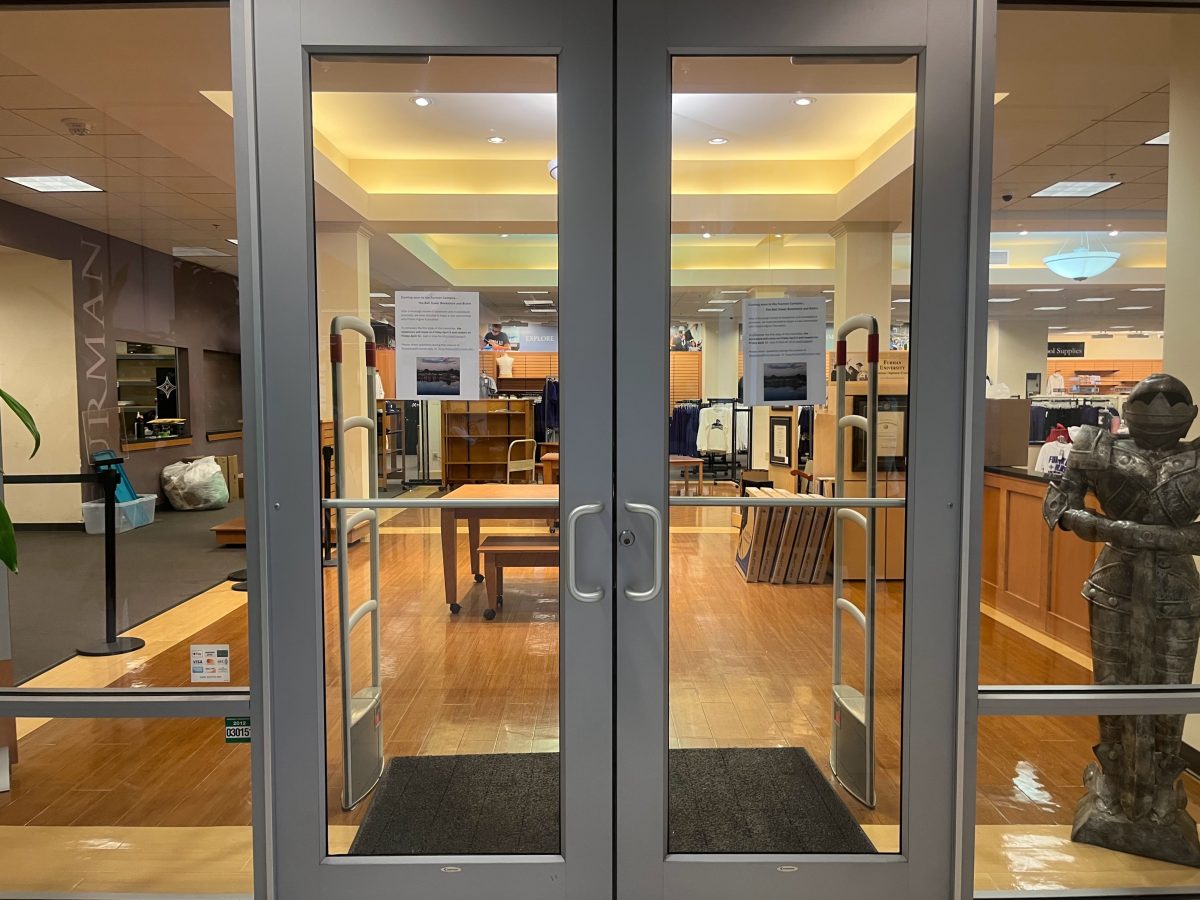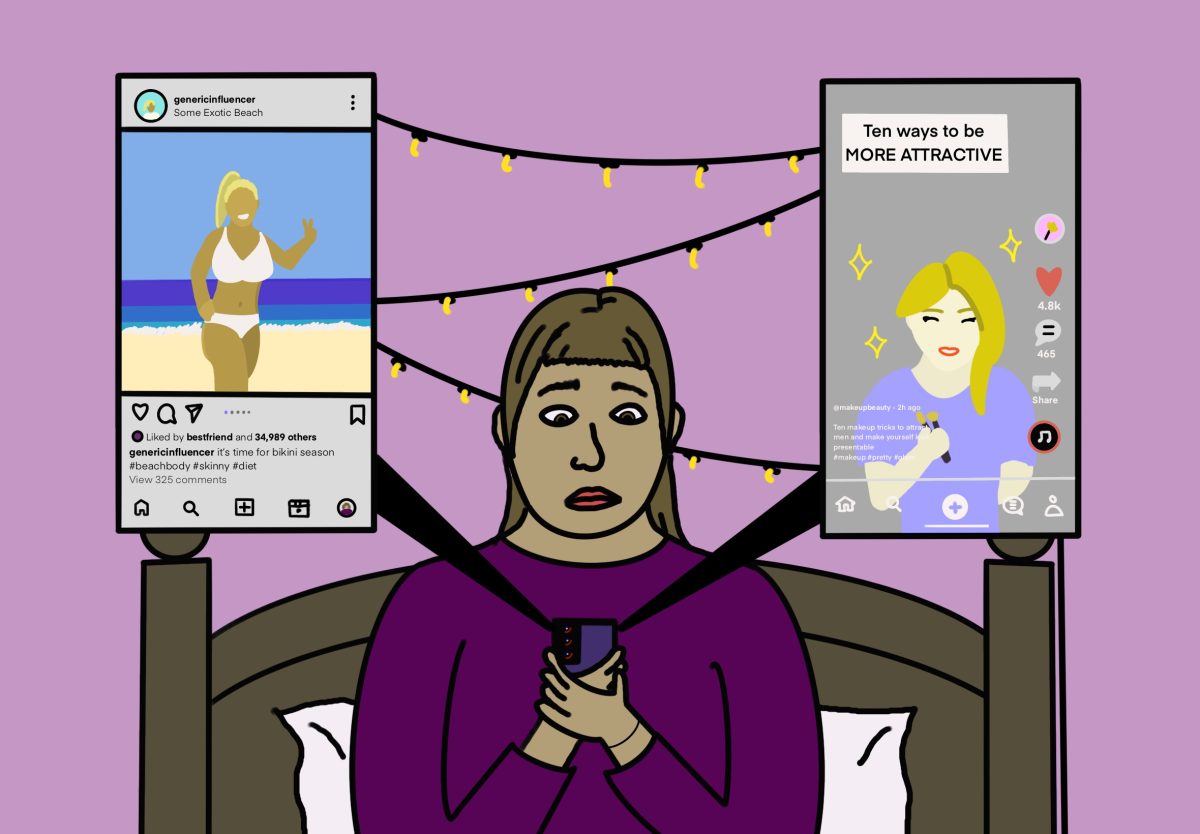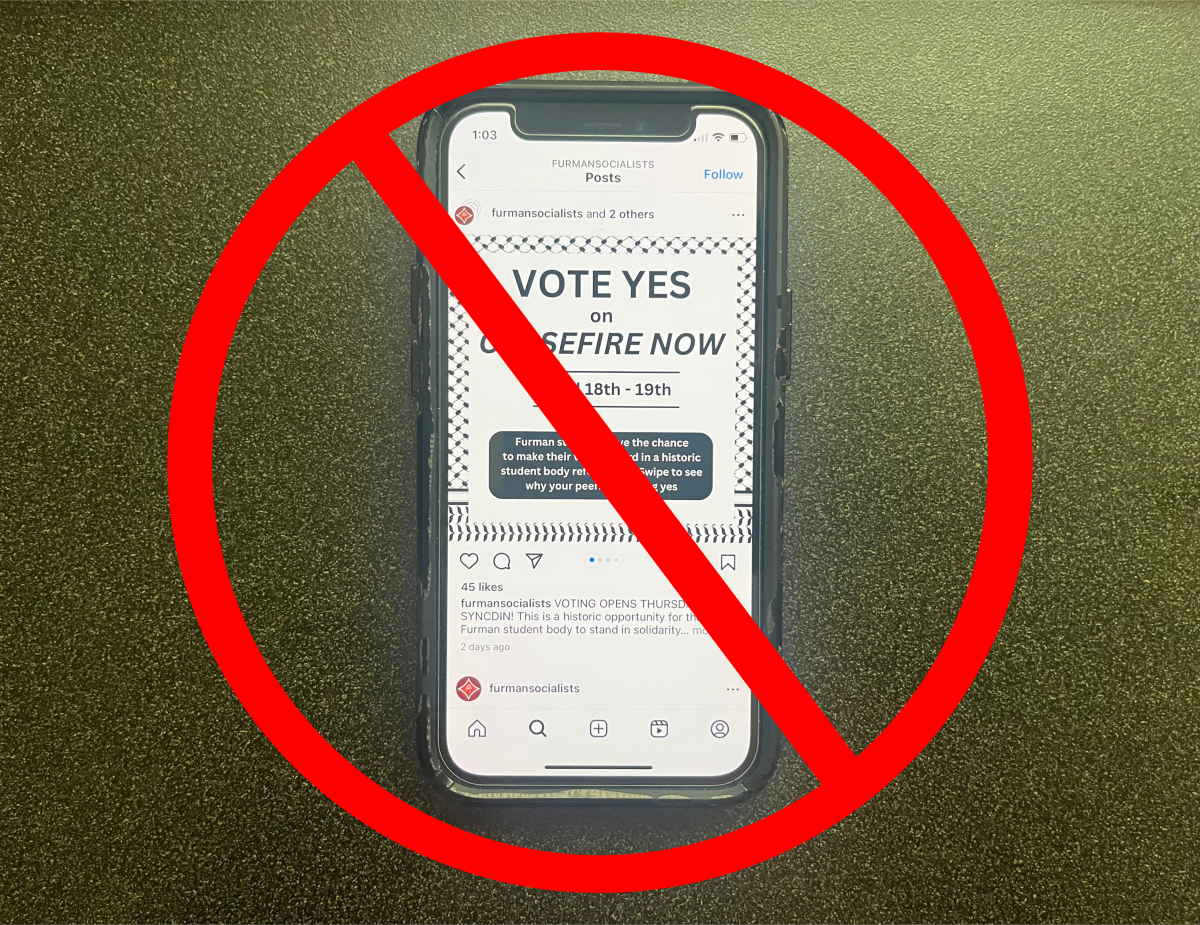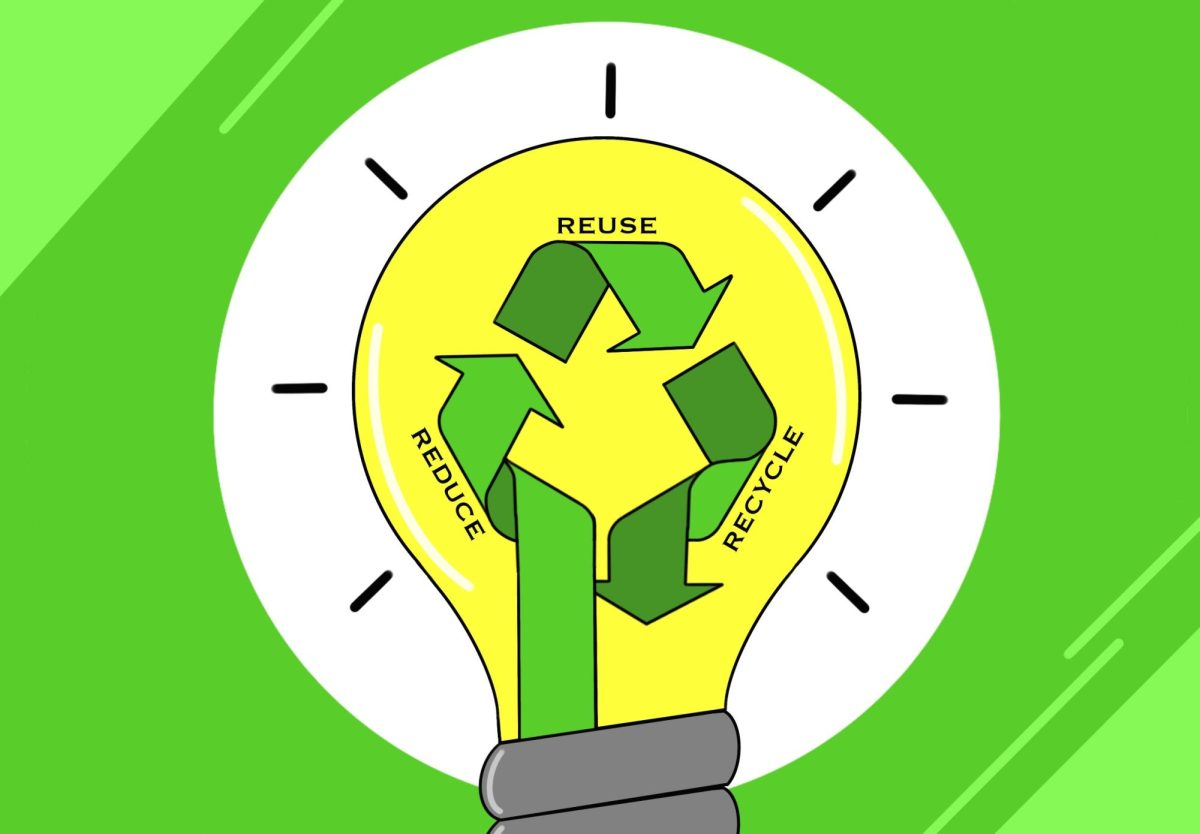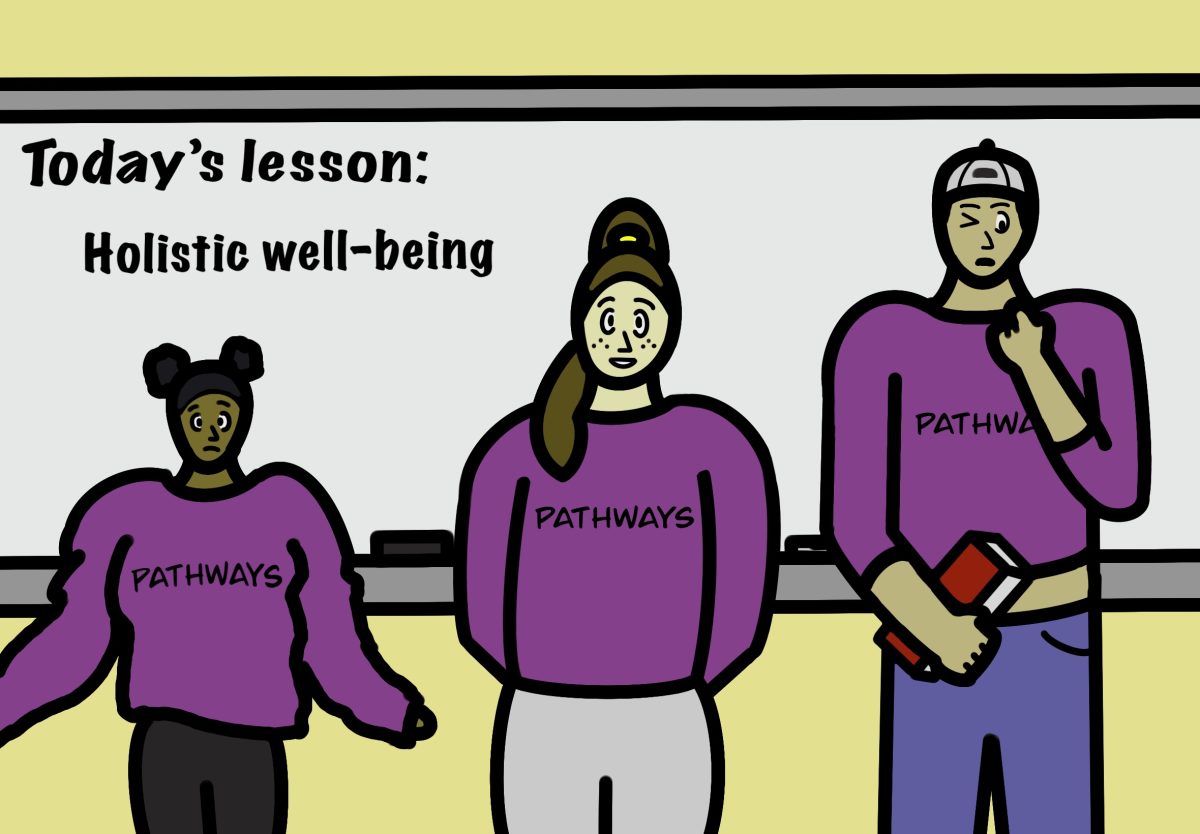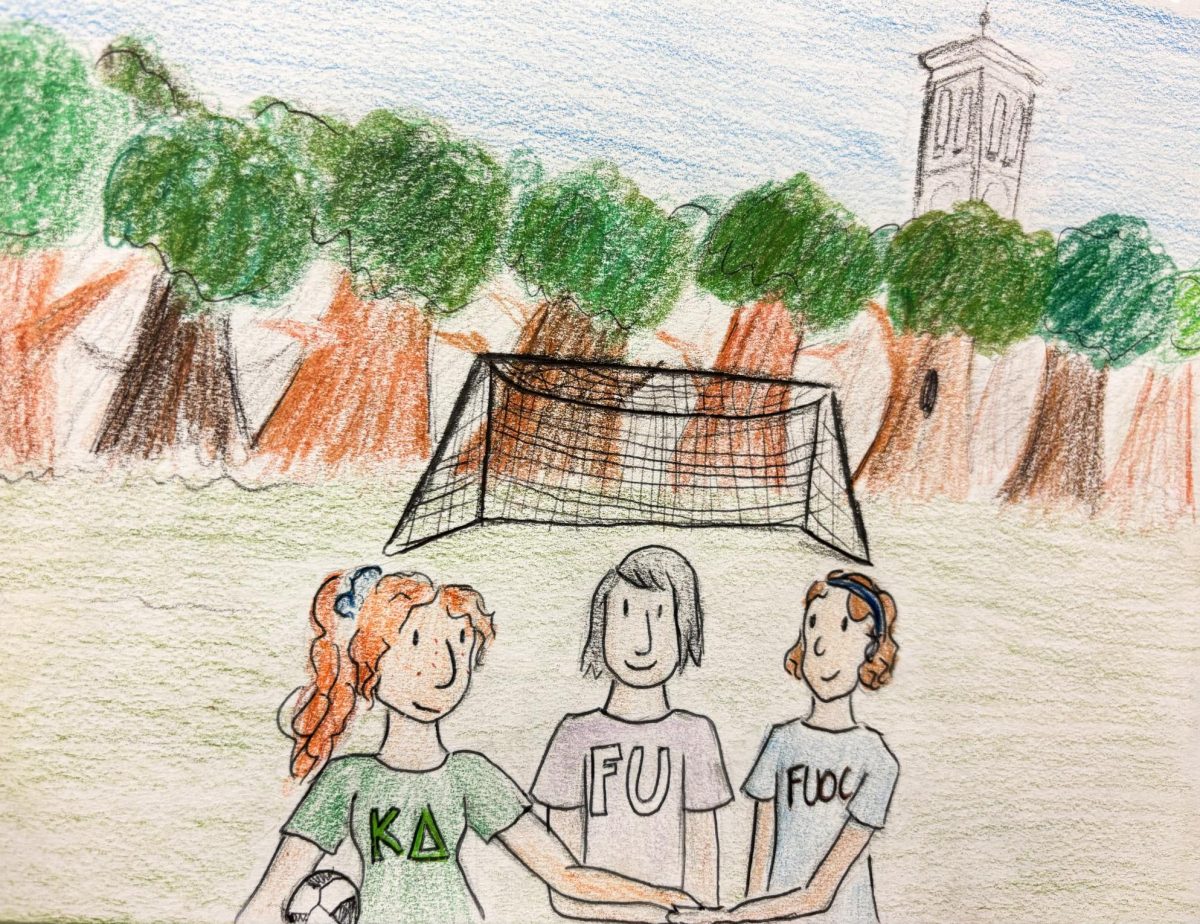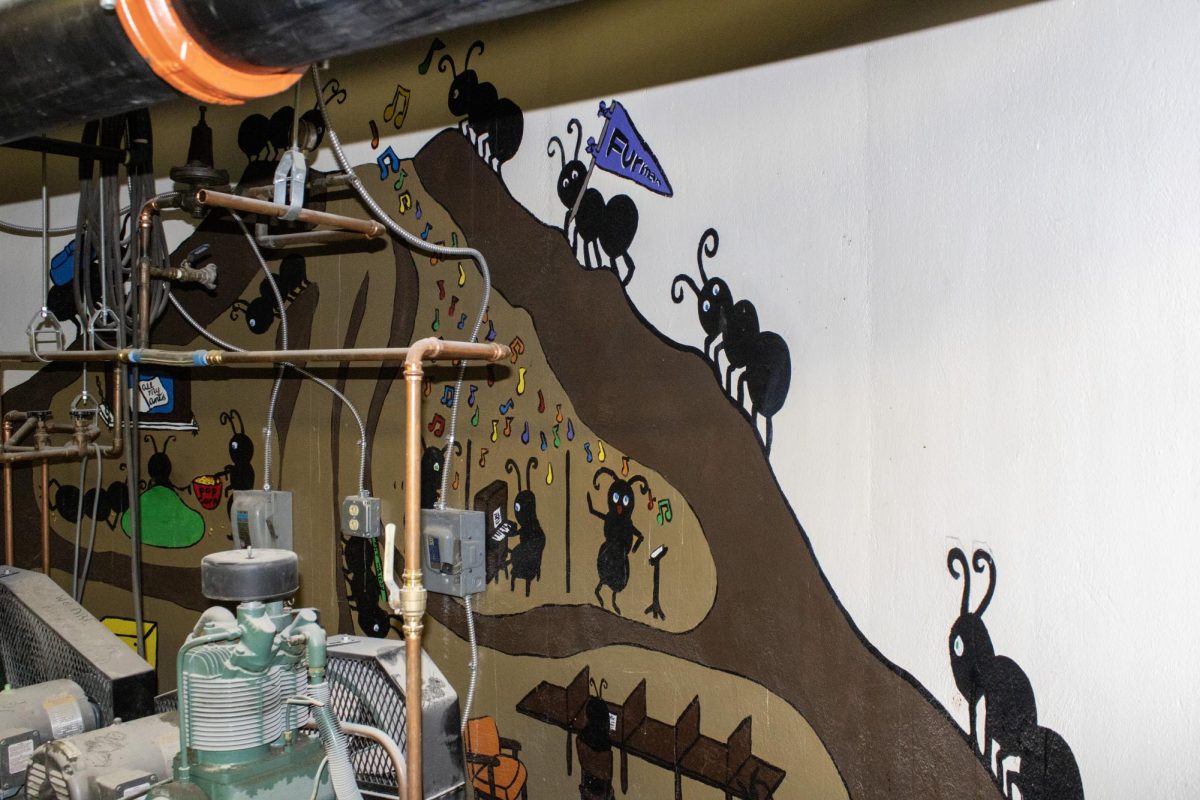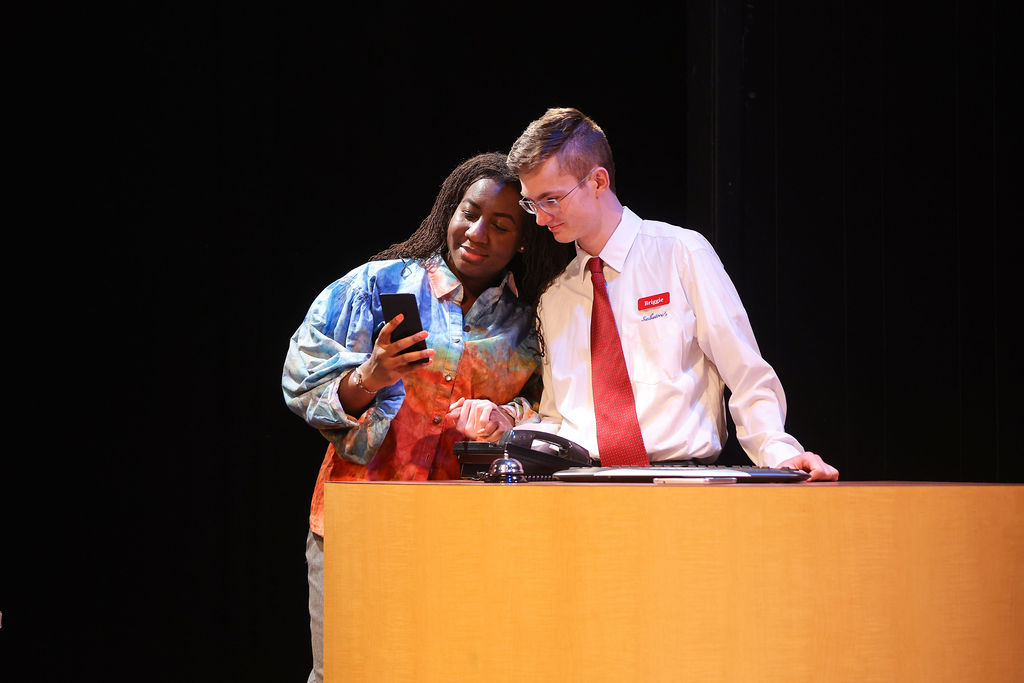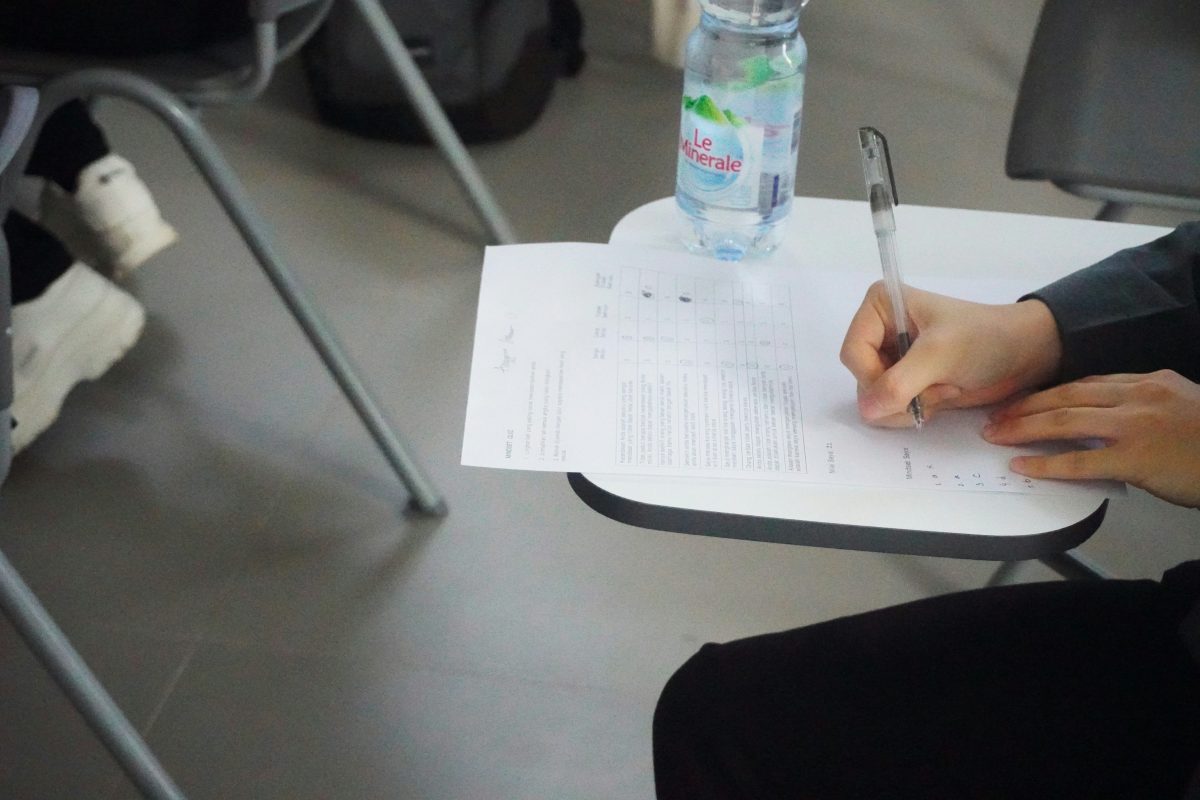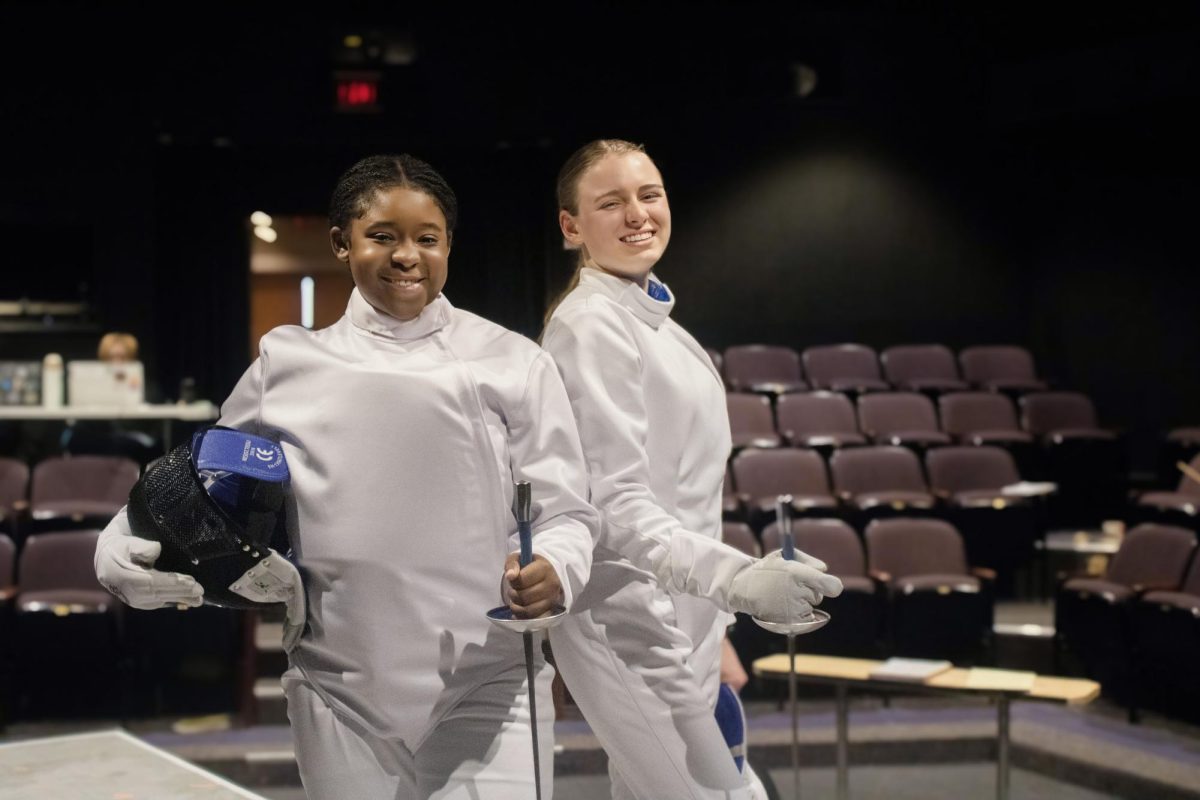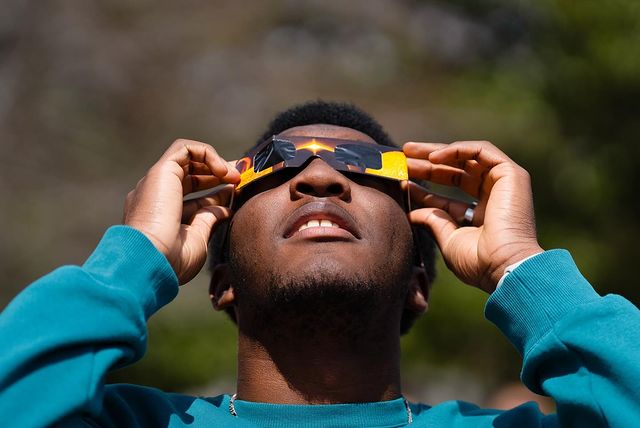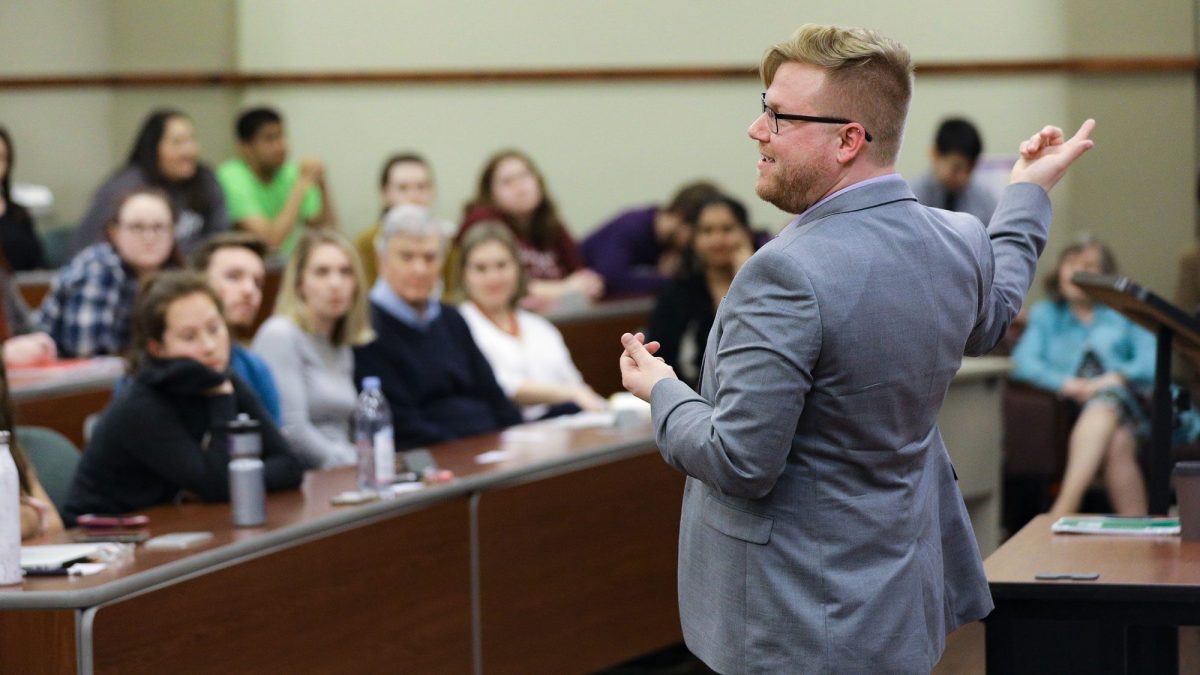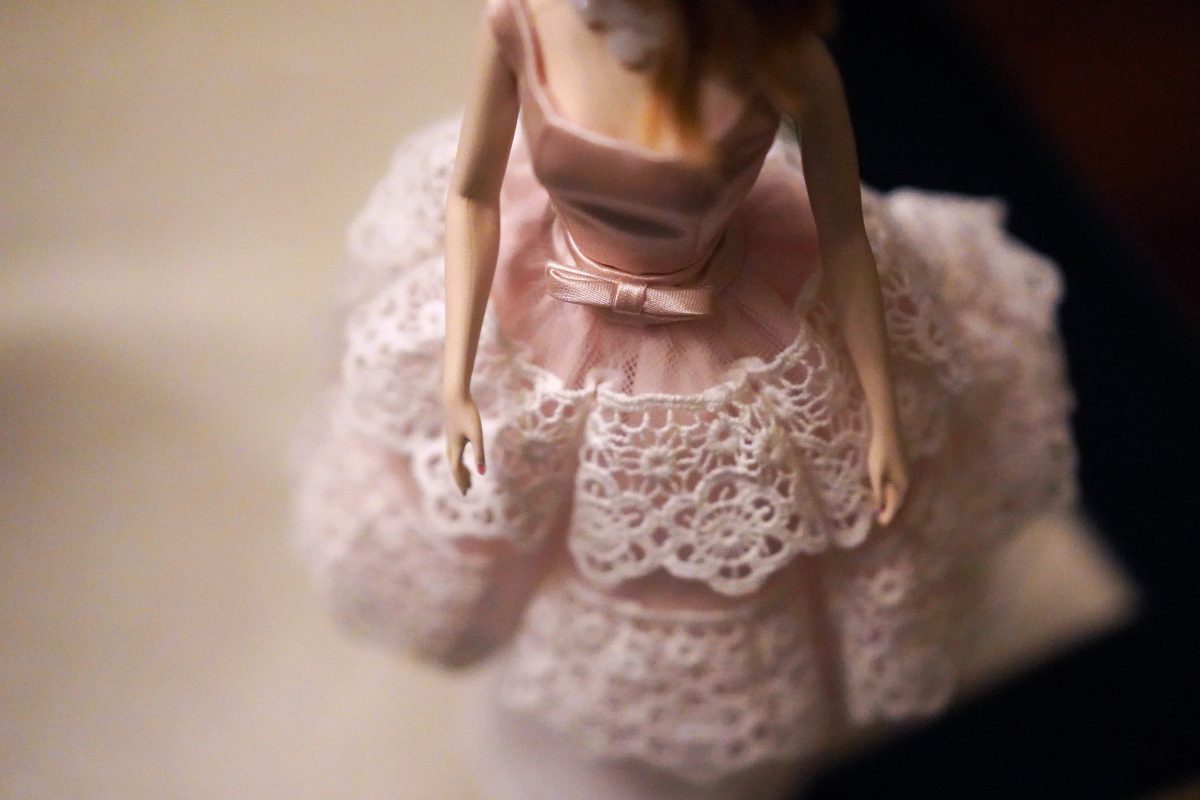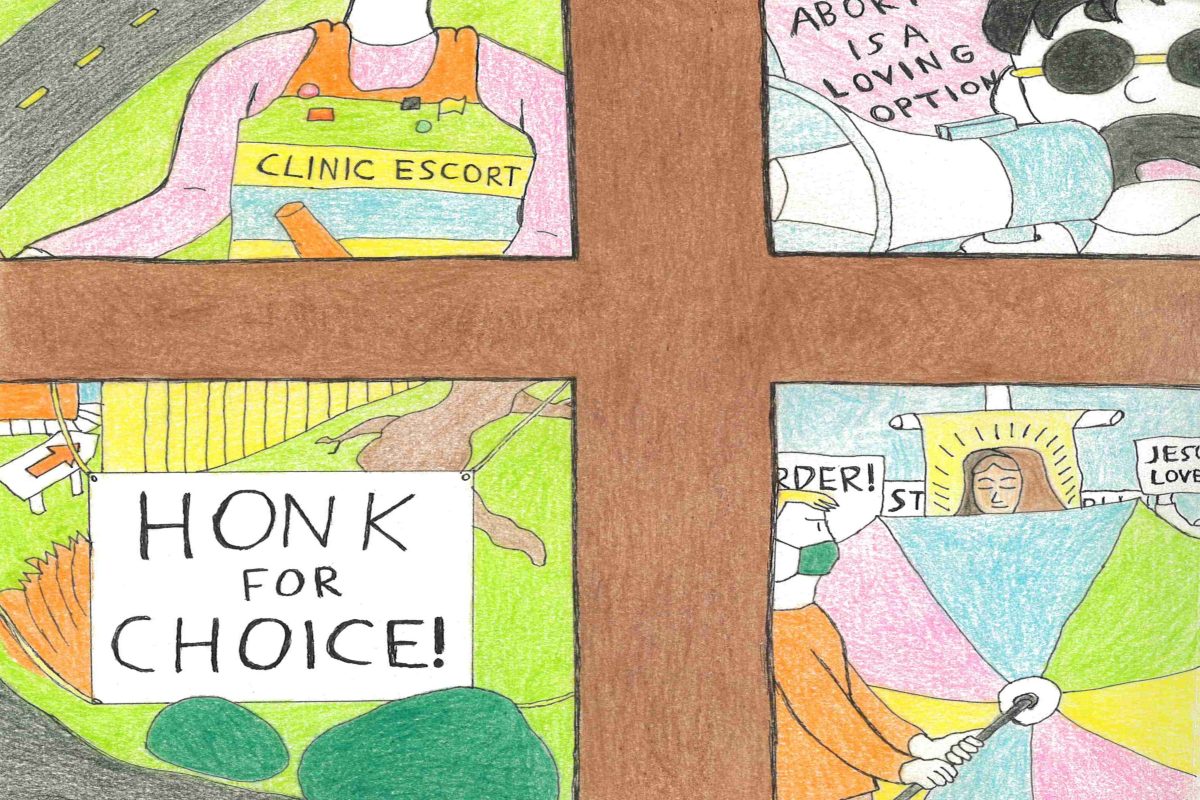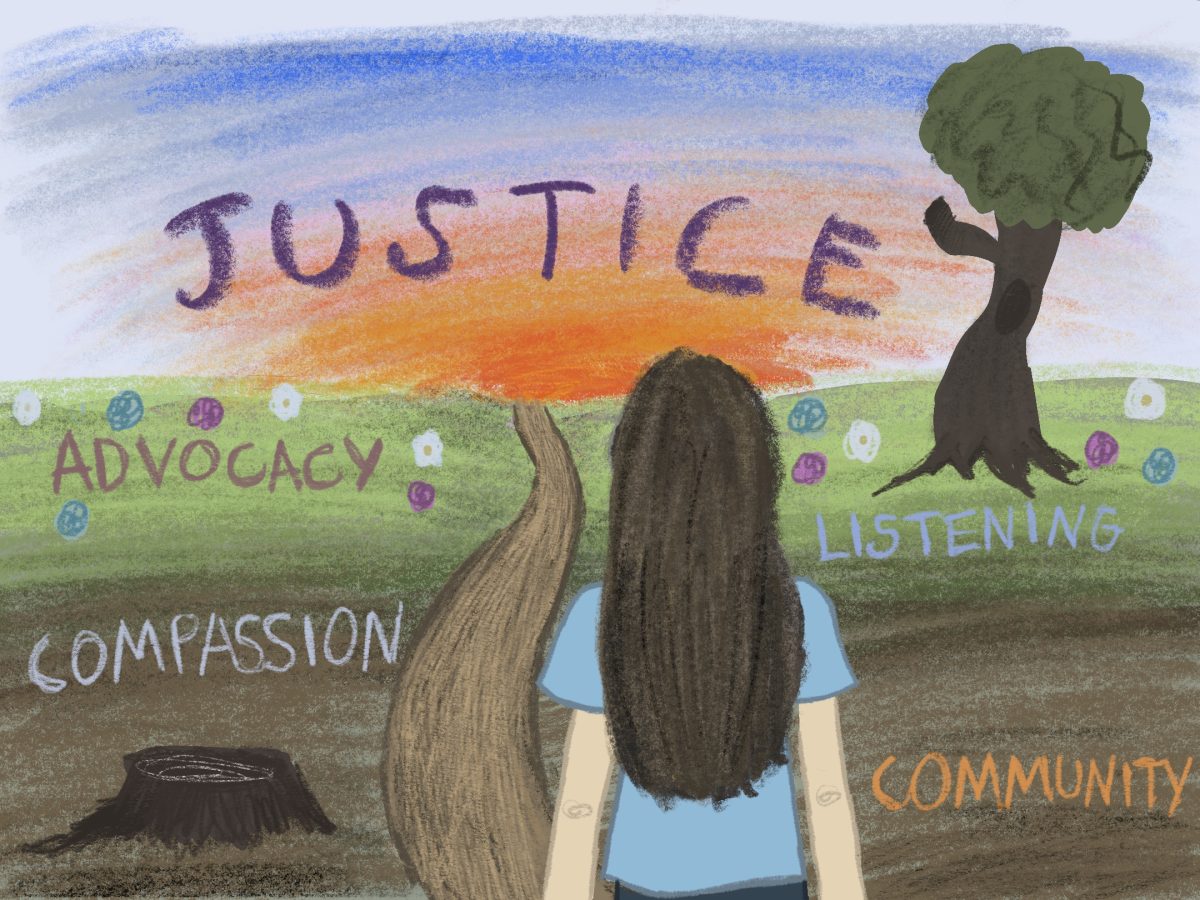“Barbie” has turned the world pink.
Along with the festivities of wearing pink to theaters or singing along to the hit song “Pink” by Lizzo, the 2023 film offers fresh perspectives on the topics of girlhood, patriarchy, and growing up in a system rigged against women. The movie’s societal and cultural impacts cannot be understated, as its exploration of the Barbie doll has opened the door to long-overdue conversations about the inequality that women still experience today.
On Sept. 5, the Women’s, Gender, and Sexuality Studies Department hosted a CLP titled “Unpacking Barbie: A Conversation about the Summer’s Biggest Movie.” It included opening remarks by three professors: Dr. Kaniqua Robinson (Anthropology), Dr. Kathleen Casey (WGSS), and Dr. Scott Henderson (Education). Following opening remarks by each panelist, the floor was opened to comments from the audience, including their opinions on the film and their reactions to one another’s discussion points.
The CLP quickly bloomed into a lively discussion. Disagreements among the panelists and attendees accomplished a core goal of “Barbie”: to engage in open discourse about the effects of the patriarchy. Surprisingly, most people took a critical view of the movie.
In Dr. Henderson’s opening remarks, he mentioned the various body image issues that supposedly emerged because of the physical stature of Barbie.
“One of the inveterate criticisms of the original Barbie through the 1900s was the incredibly unnatural human body, not just female presenting body, but unnatural human body that the doll had. In fact, it probably made a lot of girls feel ashamed about their own bodies. There are some suggestions that it led to anorexia,” he said.
My problem with this criticism of “Barbie” is that I never felt I was supposed to compete with Barbie for her physical looks as a child. She was my friend. She was an inspiration. Growing up, I never looked like Barbie, but I also never thought she was who I was supposed to look like.
It was only once I grew up and others indoctrinated me with unrealistic body standards for women, such as those that the Barbie doll has, that I started to feel ashamed.
Barbie is not to blame for these dysmorphic feelings that I and many other girls have felt. We must realize how society has formed a narrative around our body image standards, rather than blaming the issue on a plastic doll.
Dr. Casey also noted in her remarks her disagreement with the portrayal of the patriarchy in the film.
“I also was disappointed in the film with its portrayal of the silliest cartoon version of toxic masculinity, right. Again, funny, but it left the most insidious forms of misogyny out entirely,” she said.
However, the symbols chosen to represent the patriarchy — horses and mini fridges filled with beers — are suitably shallow. These symbols demonstrate how the patriarchy is an insufficient, broken system of oppression: it is nothing more than campy symbols with no real evidence of superiority.
But also, in certain scenes, the movie does tackle underlying violence against women that is perpetuated by the patriarchy. When Barbie goes into the real world, she is repeatedly sexually harassed and even assaulted once. I struggle to picture how else such violence could have been shown in a PG-13 film about a plastic doll.
With both a superficial patriarchy in Barbieland and real, terrifying misogyny in the real world, “Barbie” is actually able to define patriarchy on two fronts. It shows at once how the patriarchy lacks any legitimacy and yet, because it exists, holds grave consequences for women.
Some of the critiques presented in the CLP didn’t give “Barbie” enough credit for the ways it illuminated societal issues such as beauty standards and the patriarchy. However, no matter one’s review of it, conversations such as these are just what the film was meant to inspire.
The discussion, although presenting debatable claims, opened the door for people to share their perspectives on the important topics that were covered in the film. “Barbie” brought people together with shared joy and sparked conversations about real problems in our society, all by way of a plastic doll.



